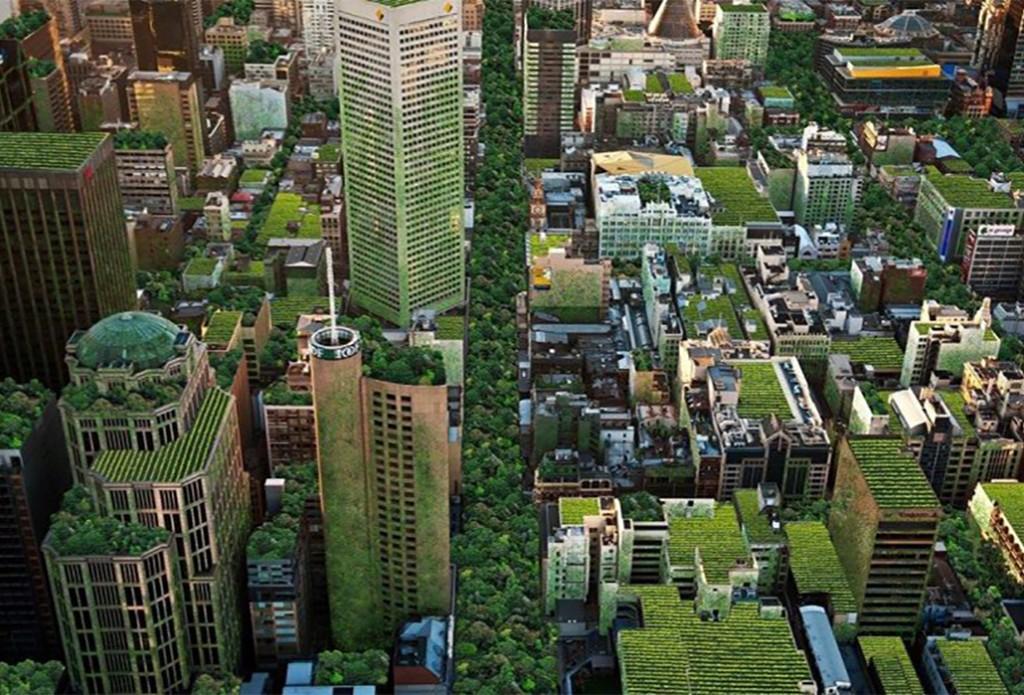
Sustainability is the quality of causing little or no damage to the environment and therefore able to preserve our quality of life. Because cities detract from nature, American geographer Karen Seto claims that “there is no such thing as a sustainable city”, as they consume everything from the outside, as well as throwing out trash and pollution. In 2021, the Intergovernmental Panel on Climate Change (IPCC), reported the Earth’s surface temperature has increased to nearly 1.5°C. Because of this, cities are central to the process of finding solutions to the challenge of sustainability.
The United Nations’ Sustainable Development Goal 11 states that by 2030, cities must aim to be inclusive, safe, resilient and sustainable. For a sustainable city to exist, it needs access to public resources, urban renewal actions, reduced CO2 emissions, ethical resource consumption and less waste by reusing and recycling.
Our Cities Are Huge!

Source: United Nations, layout by the author.
Currently, the world’s cities take up just 3% of the Earth’s land, but account for 60–80% of energy consumption and three-quarters of carbon emissions. More than half of the global population now lives in urban areas, and megacities are on the rise. According to this UN report, by 2030, the world will have 41 mega-cities with more than 10 million inhabitants. This article presents the main aspects of urban living and ways of dealing with cities’ issues in a sustainable way.
Can Cities Produce their Own Food?
There is a trend towards growing food in urban areas, with vertical city farms letting people grow vegetables and herbs in city buildings. For example, Seoul, South Korea, has installed technologies such as artificial LED lights and hydroponics to allow farming in our cities. City vegetable gardens are also on the rise. They use compost made from household kitchen waste. The below video shows the strategy Tacoma City in the USA uses to increase the composting of kitchen scraps.
The Brisbane City Council also runs a composting program, although not as large as the one in Tacoma City.

Sustainable Housing
When possible, residential areas must be designed with as much green space, and as many trees as possible. This can help reduce the impact of our houses on the environment. There are many valuable tips on how to build a sustainable house. This includes designing a microclimate to take advantage of the natural climate, thus saving energy at your home. Governments must also invest in sustainable public housing, which will help both the poor, the homeless and the environment as a whole.
Powering our Cities
It is almost impossible to imagine modern life without electricity. According to the International Renewable Energy Agency (IRENA), in 2020, 36.6% of the world’s consumed energy came from renewable sources. Many households in cities around the world now use photovoltaic, PV or solar panels to produce electricity. Furthermore, tests in Liverpool, UK, show the effective use of electric vehicle batteries to store excess electricity from household solar panels. The trend is clearly moving towards sustainable and green energy in all cities.
Sustainable Water Supply
The water supplies in most cities often travel from dams located outside metropolitan areas. In Australia, a country prone to severe droughts, many households use water tanks. These use rainwater collected from roofs and stores them for later use. If each household takes care of its water supply by storing rainwater, they won’t have to rely on municipal water services alone.
Recycling water is the future. Los Angeles is a positive example of this, with its ambitious goal of reducing imported water by 50% by 2025. Their strategy includes boosting supply with recycling, stormwater capture, groundwater cleanup and conservation.
Wastewater Treatment and Recycling
Human waste reduces water quality significantly. Most communities in the developed world have a sewage treatment plant that treats wastewater before returning it to the rivers or sea. Unfortunately, this is not the case for most of the underdeveloped world, where raw sewage flows to creeks and rivers, often at ground level. This creates a public health issue.
One solution to this is for large housing estates to include sewage treatment plants on site. For instance, in Nigeria, Paul Okolie and his research team offer an innovative and detailed plant design. Likewise, in certain Indian cities, some apartment complexes treat sewage locally in small modular sewage treatment plants before sending it to the disposal network. In doing so, the non-potable water produced can be reused to irrigate gardens, flush toilets and clean cars or floors.
Creating more sewerage treatment plants will prevent rivers and creeks from carrying human waste to the sea. Eventually, bodies of freshwater will thrive with aquatic life and attract tourism. Importantly, research also shows that drinking recycled sewage water, may soon not be a choice, but rather a necessity.
Cleaning Dirty Rivers in Cities
There are good examples around the world of cities that have tackled land and water degradation. For example, Sao Paulo, Brazil, with a population of 21 million, aims to clean the two main rivers that cross its huge area by revegetating their riverbanks. Currently, the rivers receive raw sewage and industrial contamination, which prevent people from being able to use the water.
Sustainable Garbage and Recycling Collection
In a circular economy nothing is wasted, but rather reused and recycled. If this principle was fully applied, all materials thrown out in garbage bins would be reused, and we would have far less household waste.
Plastics are a major source of water trash and therefore must be recycled or avoided. For example, the UK hospitality industry has moved towards using biodegradable materials for food packaging. A similar trend can be seen in Australia. Unfortunately, this ABC program about sending second-hand clothing to under developed countries shows our lack of responsibility as global citizens. Instead of being reused, most low-quality clothing is sent to landfill, defeating the point of providing aid.
Open Spaces and Green Areas
Being close to greenery is often helpful for hospital patients’ recovery, as well as being good for mental health. Green areas also increase the value of residential and commercial properties. Trees clean the air and water, reduce stormwater floods, improve building energy use and mitigate climate change.
Concrete buildings and dark-coloured paved areas absorb and retain heat, creating hotter cities. In contrast, vegetated surrounding areas tend to be cooler. Hence, urban parks offer amenities and services for a better life.
The city of Brisbane, Australia, excels in this regard, with 39.1% of green areas in its 1,343 km2 municipality as of 2021. It also runs a program based on volunteer work that aims to restore native vegetation in natural bushland and reserves.
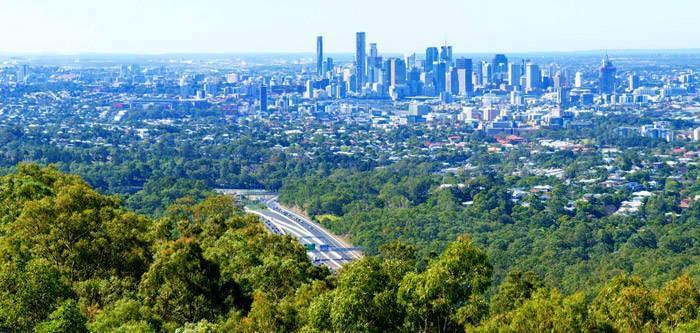
Greening Cities Around the World
Many cities have focused on recovering their natural environments. For example, Seoul, South Korea has removed an entire freeway to recover the water stream that once crossed the city. Sao Paulo, Brazil has revegetated heavily polluted riverbank sections of its two rivers and more people are now using its cycleways. In the nineteenth century, the city of Rio de Janeiro, Brazil was already reforesting its surrounding hills. Tree removal had reduced rainfall and the city’s water supply dwindled. Now, Rio sits in beautiful scenery thanks to the 3,814 hectares of replanted national park in the heart of the city.
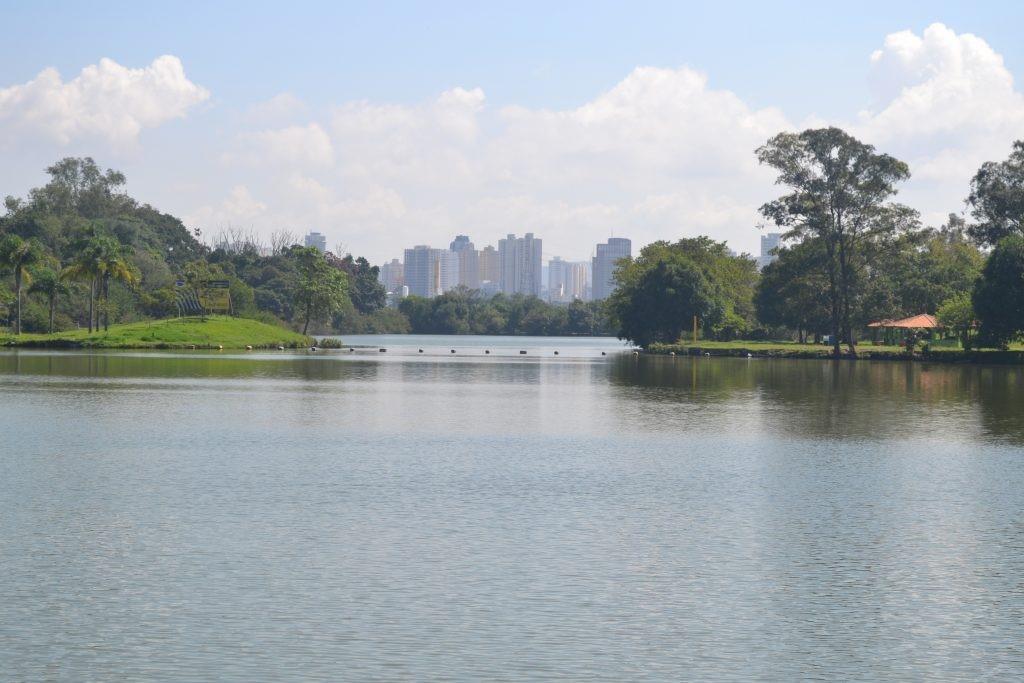
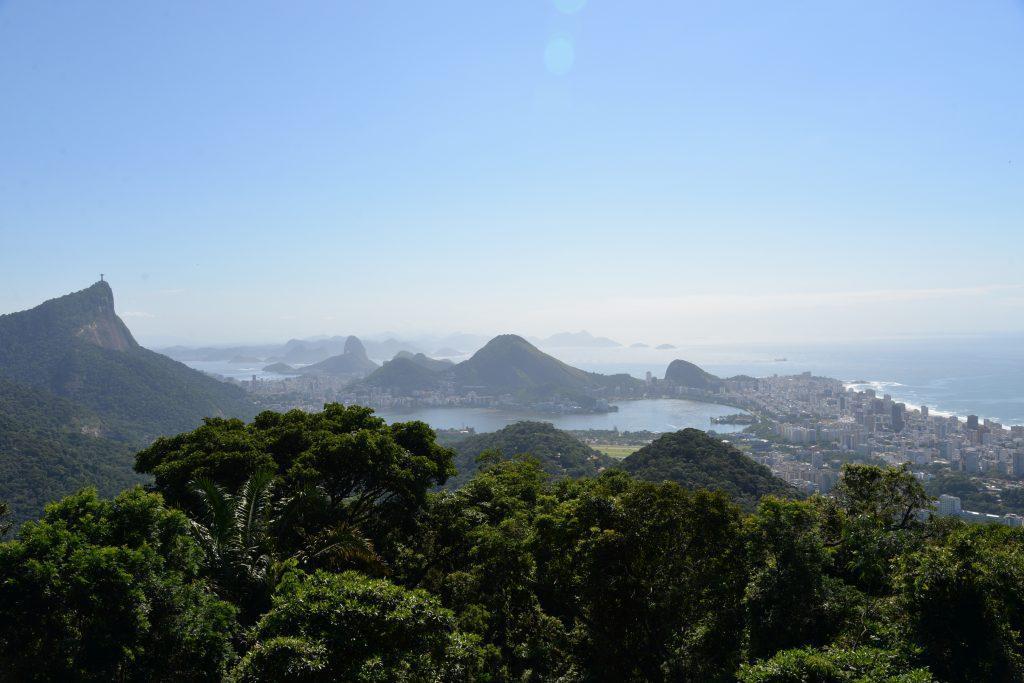
Green Walls and Roofs
The landscape industry has created excellent solutions which aim to grow more plants in urban areas. Mexico City has built vertical green walls under freeway viaducts, which offset the effects of heavy traffic and pollution. Many buildings and shopping centres also use this solution in cities around Australia. Additionally, vegetable gardens have thrived in green roofs in many cities, such as Melbourne, Australia. These show that native trees and shrubs can have a massive impact on restoring polluted and derelict areas.
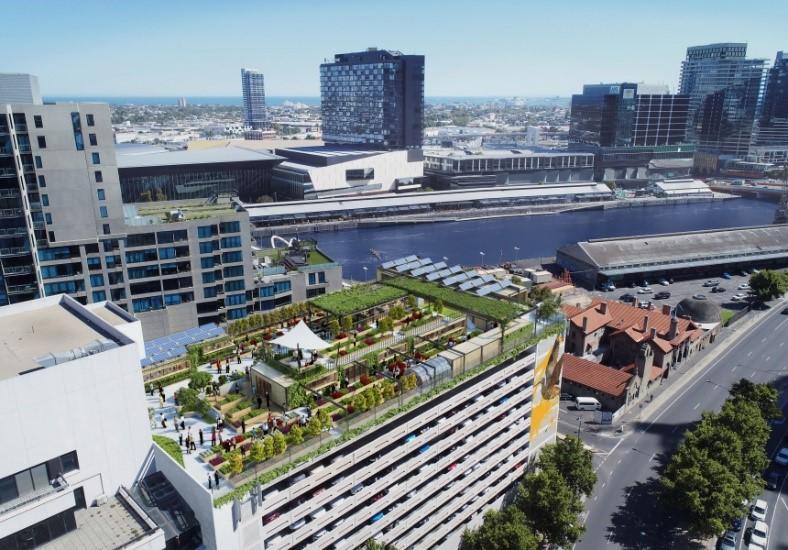
Sustainable Transportation
Most people prefer to move around in their own vehicles. This has created immense traffic congestion and air pollution problems. Motorways can reduce congestion in towns and cities at first, but they fill with drivers after a while. Public transport using more sustainable fuel sources is more efficient and reduces air pollution.
The solution for a more sustainable transport system lies in the promotion of public transport. One study about car restrictions in city central areas, for example, showed a boost in public transport patronage. Another solution lies in cycling, and its practical and healthy aspects. In 2015, the European Cycling Federation (ECF) has estimated a total annual benefit of 150 billion euros to the economy purely from cycling. Electric bicycles and scooters are also part of the solution, along with shared car riding.
ICT and Artificial Intelligence
There is a huge role for Information and Communication Technologies (ICT) in creating smart cities. Artificial Intelligence may allow cities to achieve sustainability targets by helping provide food, health, water, and energy services to people. A major issue, however, lies in the need for massive computational resources, along with their massive energy requirements and carbon footprint.
How can we make Sustainable Cities?
The solutions and examples described within this article are proof that our cities can be more sustainable. As people become aware of their environmental impacts, many hope to apply such solutions within the developed world. However, many developing countries may need support tackling poverty so they can adopt more sustainable solutions for urban problems.
Furthermore, politicians must be willing to implement these solutions. The IPCC report shows increased momentum towards changes in lifestyle. Moving away from a fossil-fuel centred economy has proven to be the most difficult task humanity has ever attempted. Our cities will only be able to THRIVE if we can respect nature. This means we need to encourage those who run our cities to make sustainable solutions happen. Together, we can create green cities on a blue planet which thrives for all living beings.























